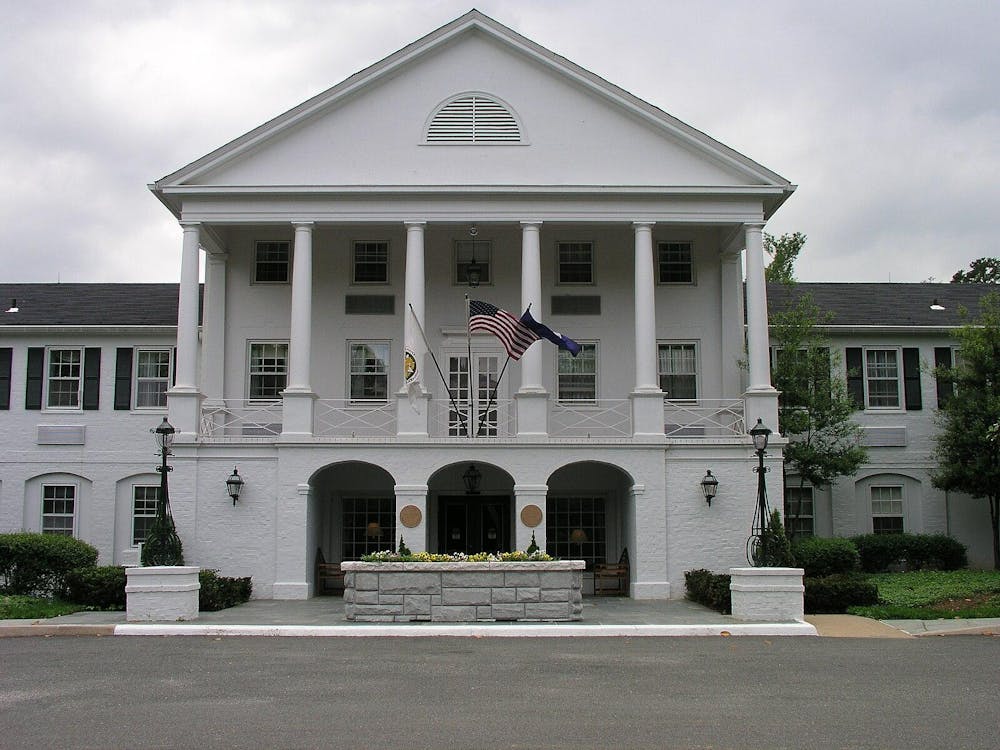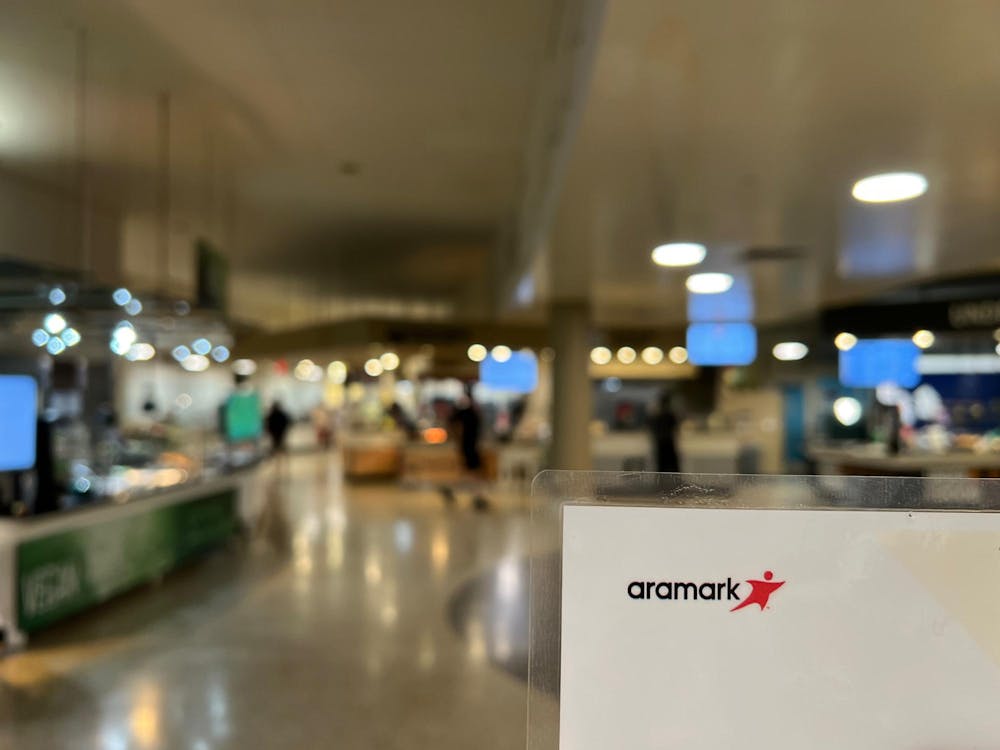As many high school seniors contemplate their options for higher education at the end of an arduous college application process, for some, the real work has just begun. Amid a tightening credit market, many student lenders have stopped issuing federally backed loans, creating uncertainty for students seeking loans.
While media reports have indicated that as many as 50 student lenders have stopped issuing federally backed loans, Department of Education spokesperson Samara Yudof said 25 lenders have stopped or suspended issuing such loans as of April 4.
"Every time we learn about a lender pulling out, we contact the schools that may be affected, but every school we've contacted has indicated that they'd be able to find another lender," Yudof said. "We want to make sure that students have loans and the ... financial aid to go to college."
Yudof could not say how many schools the Department of Education had contacted, but said the department did not know of any student who could not obtain loans.
Yet lenders' decisions to stop granting loans has prompted legislation in the House and Senate to provide alternative funding for students and careful consideration by the Department of Education of a "lender of last resort" program, from which students struggling to acquire loans from banks and lenders would receive such funding from the guarantee agency.
University Chief Financial Officer Yoke San Reynolds said federal officials are concentrating on this problem precisely because it affects need-based loans.
"I think that Congress is focused on the federally backed loans because those are need-based loans," Reynolds said. "Private loans are not need-based loans ... Parents and students can borrow money [elsewhere] even if there is no need."
Reynolds said the effects of the trend remain to be seen.
"I think there is going to be an impact," Reynolds said. "It's too soon to say what it is -- the credit market is still in flux. It all started with subprime mortgages on real estate and has gone to different parts of the capital market. We haven't seen the end of it yet. [This credit trend] had just started to touch the student loan area, and we really don't know how that's all going to shake out."
Furthermore, Reynolds added, reception and enactment of Education Secretary Margaret Spellings' proposal for an emergency lending program could determine whether students need to look to private lenders.
University Financial Aid Director Yvonne Hubbard said the Department of Education's efforts both to ensure the funding provided as backup by the guarantee agency and to prepare for potential enactment of the "lender of last resort" plan are evidence that federally backed loans are in good shape.
"There are so many safeguards in place, we think those loans will be available," Hubbard said. "It's the private loans market that concerns us."
Hubbard explained that while students will always take out available guaranteed student loans because they are cheaper, one can only borrow so much through the guaranteed student loan program. As a result, students seeking private loans to complement what they receive through the guarantee program or from their parents will find such loans to be more costly and require a cosigner, which will be especially problematic for students with poor credit histories, Hubbard said.
"Part of the congressional bills to prevent disruptions in students loans is [an] increase [in] the amount students can get through the guaranteed student loan programs so they don't have to turn to private loans as they have in the past," Hubbard said. "I really hope this [measure] passes."
The turmoil in the student loan industry comes at a time of transition for the University, as its contract with its sole preferred lender, Bank of America, expires in October. The University has been soliciting bids from banks and will have at least three preferred lenders rather than one by next fall, Reynolds said. The new contracts will be in compliance with 2007 congressional legislation that schools use at least three preferred lenders, Reynolds explained. Eligible incoming first-year students will receive financial aid through the current Bank of America contract.
The University participates in the federal government's Federal Family Education Loan Program and not the Direct Loan Program, Reynolds said, because the latter program was "not a good deal for students."
"We still have some direct loans in our portfolio, but those are from students who took out those loans before we discontinued the program," Reynolds said.
Hubbard said the University deals with about $7 million in private loans for undergraduates and $26 million in federally backed subsidized and unsubsidized loans, including Perkins loans, for both parents and students.
While lenders have caused concern among some lawmakers and students finalizing plans for higher education, Reynolds predicted that the trend will not significantly complicate financial aid bargaining for students and families.
"We have a formula that's based on need; we will package that formula for financial aid into grants, loans and work study," Reynolds said. "As far as the University is concerned, we will give the same amount of grants. On the loan side, we are providing a conduit so students can borrow through the banks the amount students can borrow for need-based aid. As long as students can get the loans from some source, I don't see that it will affect the total financial aid"






